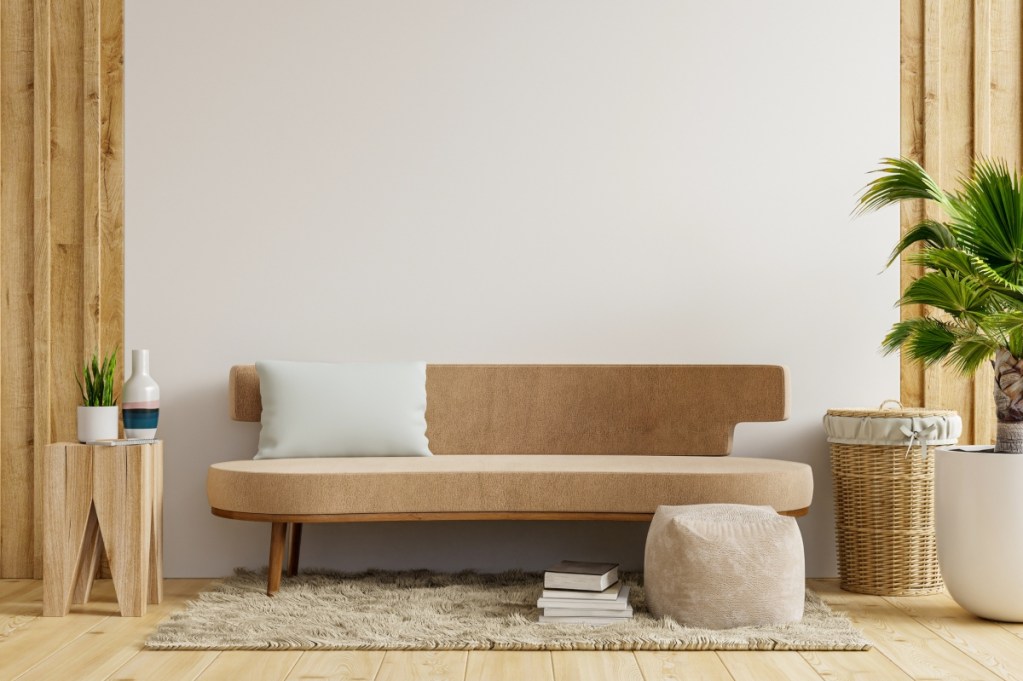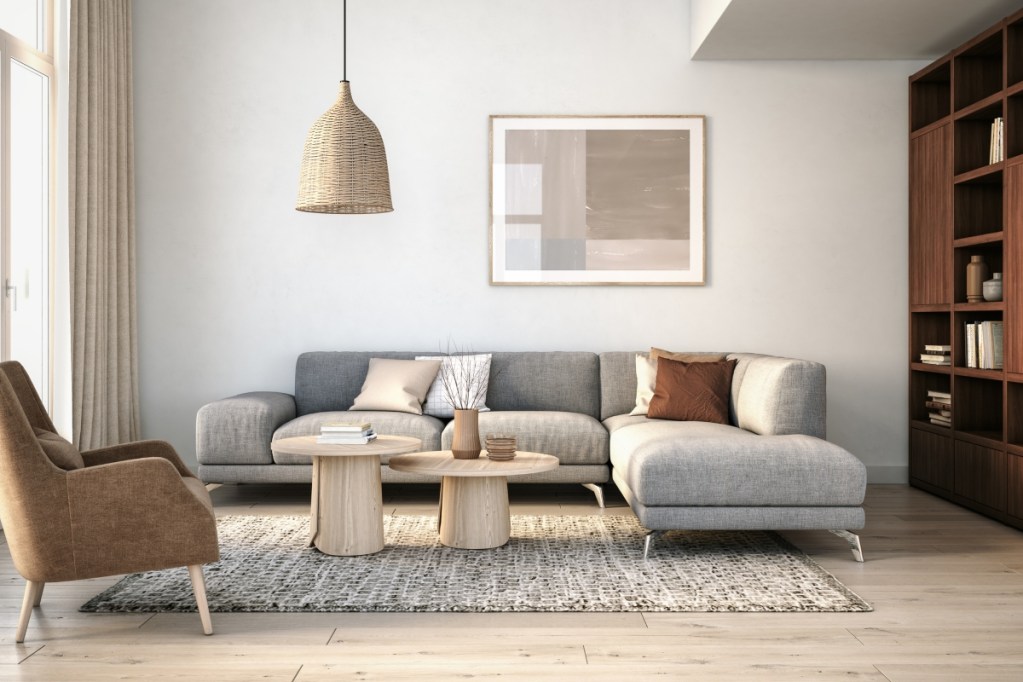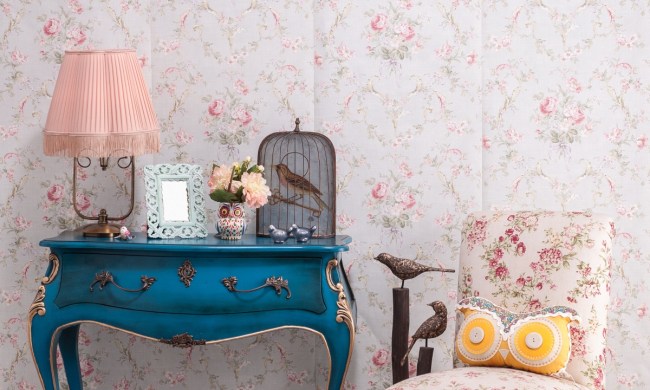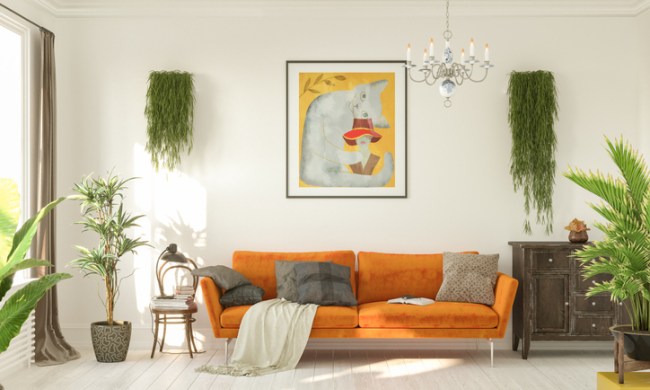Many homeowners adore the luxurious simplicity of Scandinavian interiors. These spaces inspire peace and tranquility, with just enough Hygge to add the perfect touch of coziness. If you’re eager to learn more about this gorgeous and sleek style, we have a guide to Scandinavian interior design that you’ll want to see.
History behind Scandinavian design

Scandinavian design originated in Scandinavia, hence its name. Countries like Denmark, Sweden, Norway, Iceland, and Finland have all influenced how designers view and use Scandinavian design in our homes.
Scandi design emerged in the early 20th century as a means to create simple and functional pieces that were suitable and stylish during the interwar and war periods. By the 1950s to the 1970s, Scandinavian design became popularized as a modern and sleek interior style that homeowners could use to invite more simplicity and natural elements into their daily lives.
Scandinavian vs. Nordic vs. minimalism design

If you’ve heard about Scandinavian design before, you’ve likely encountered folks comparing it to minimalism and Nordic design. Here, we break down the key differences between each.
Scandi vs. Nordic design
Nordic design captures a range of styles, including Scandinavian interiors. This means that Scandi interior design is a branch of Nordic design. Both styles incorporate nature and natural elements of the Scandinavian region to create a more authentic and peaceful design. However, Nordic designs may feel heavier and put more emphasis on coziness than Scandi aesthetics, which aim for a more minimal look.
Scandinavian vs. minimalism design
Scandinavian design draws inspiration from minimalism, which, like Nordic design, encompasses a wide range of styles. Scandi home design uses minimalist tendencies in its aesthetic, often using function over form or a more clean, peaceful look rather than cluttering the space. Still, Scandinavian design uses some design elements that traditional minimalism does not.
How to decorate with Scandinavian design

Here is our simple how-to guide for designing a Scandinavian space in your home.
Use a soft and subdued color palette
Scandi design often uses soft and subdued colors reminiscent of the region where the design style originated. Soft brown, beige, gray, cream, and tan tones are popular. Harsh black and white are often not used in Scandinavian design since these tones don’t emit a sense of peace in the way softer hues do.
Additionally, you likely won’t see pops of bright color in a Scandi design since colors can break the flow of the space. While Scandinavian color palettes may include washed-out blues, greens, pinks, or other natural tones, you won’t see these colors as accents around the space. Rather, these hues are everywhere in the palette to create a soft look.
Focus on function and form
Since Scandinavian interiors use minimalism principles in their designs, it’s important to ensure you’re focusing on function and form. Scandinavian decor shouldn’t just look nice; it should also provide a function. This helps combat clutter and ensure each piece is intentional. That’s not to say that the occasional sculpture on a floating shelf or entry table must be skipped. But homeowners should do their best to curate their design and pick pieces that feel purposeful.
Every element of your design should be simple and intentional
As we stated above, every element of your design, from wall color to rug pattern, should be simple and feel intentional. Choose pieces for your Scandi design with care. You don’t need to clutter your shelves or add dozens of pillows to your home to achieve the perfect Hygge look. Instead, pick your items with care and choose a handful of pieces that perform the function you need without sacrificing style.
Don’t neglect lighting
Lighting is a major component of any good interior design, but it is especially important for Scandinavian interiors. Your space should feel bright, open, and airy during the day. So, be sure to keep furniture away from windows and hang light-colored curtains so you don’t obscure the natural lighting. In the evening, aim for a more Hygge look by adding plenty of lamps and warm light. Avoid overhead lighting or harsh white lights. Instead, make use of a few simple lighting sources.
Invite coziness to your space
Hygge is a well-used term to describe the coziness of Scandi and Nordic design styles. While Scandinavian design often favors a more minimal approach than typical Hygge aesthetics, you can invite more warmth and coziness into your space with some well-placed rugs, blankets, pillows, and curtains that bring more soft textures to your space.
Styling rugs are a must
Rugs help ground a room while adding a soft texture to your design. Choose subdued or washed-out rugs that blend beautifully with a Scandinavian color palette. Additionally, keep rugs simple and minimal. Don’t layer rugs unless your room is too large or demanding. Additionally, opt for rugs with minimal patterns or that are low-pile to create the best minimal effect. Shag, hide, and fluffy rugs may suit a Nordic-inspired space, but Scandi design does better with simple, low-profile features.
Wood details will bring the warmth you need
The perfect Scandinavian design wouldn’t be complete without warm wood features sprinkled throughout the space. Wood coffee tables and side tables are common in Scandi design. Some homeowners also show off wood texture through a fireplace mantel, picture frames, doorways, and unique seating arrangements.
Scandinavian design exudes elegance inspired by simplicity. This style uses a minimalistic approach with natural materials and gentle, subdued color palettes to create a peaceful and rejuvenating space.




